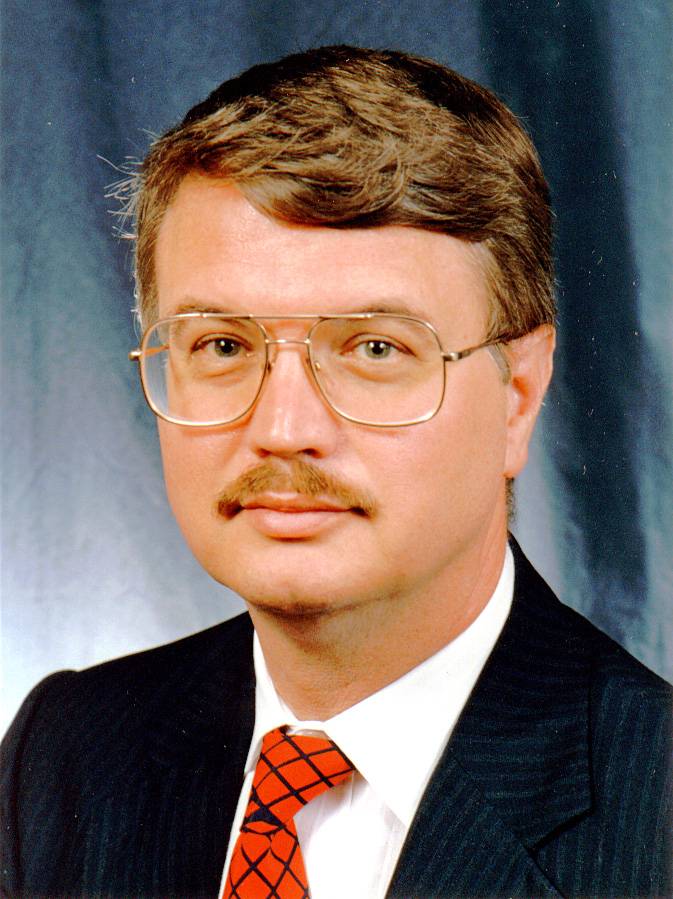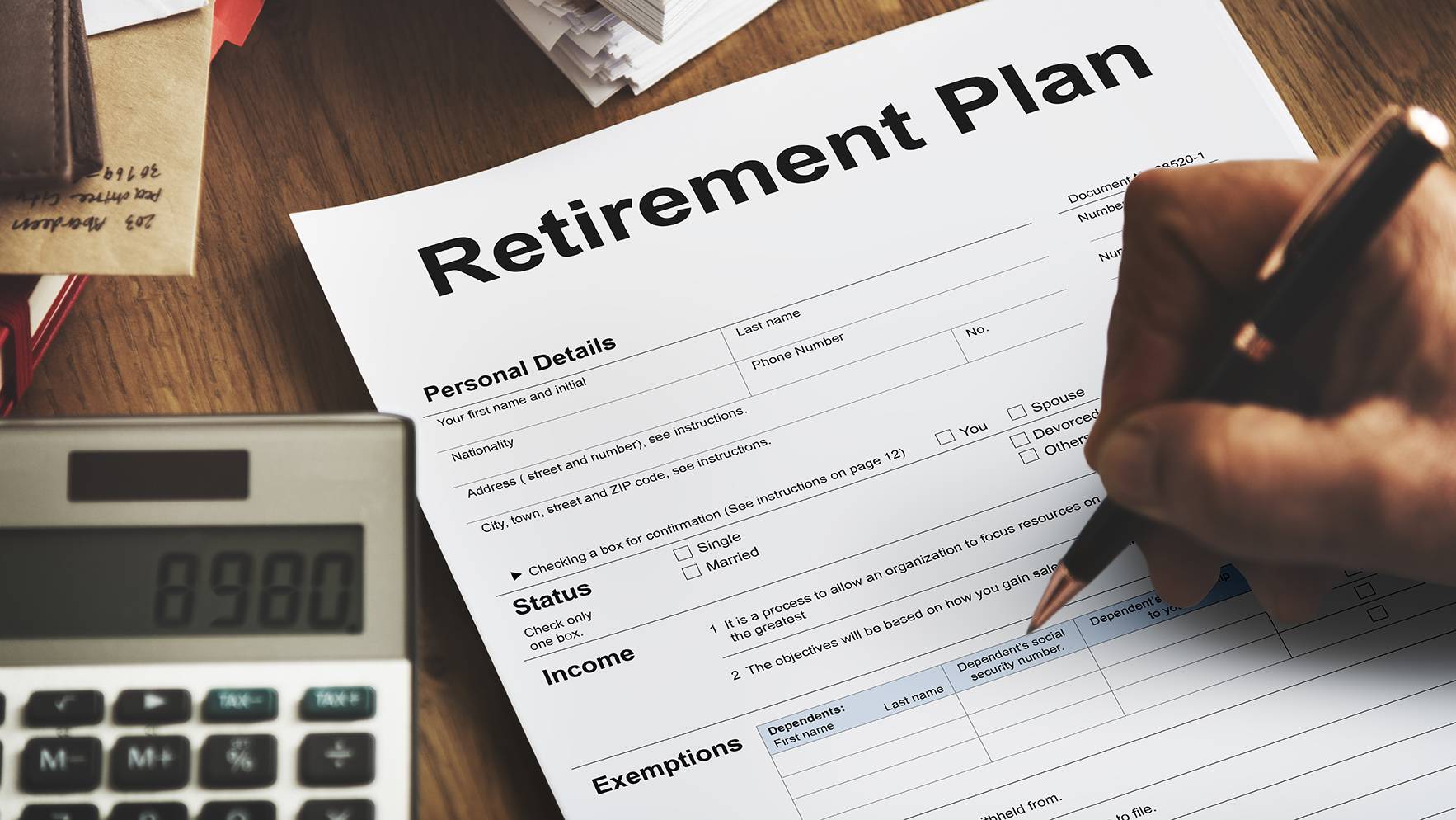Self-Study
Travel, Entertainment & Auto Rules
Learn the proper application of IRC §162 rules for travel, entertainment, and auto.

$384.00 – $424.00
Webcasts are available for viewing Monday – Saturday, 8am – 8pm ET.
Without FlexCast, you must start with enough time to finish. (1 Hr/Credit)
Please fill out the form below and we will reach out as soon as possible.
CPE Credits
16 Credits: Taxes
Course Level
Overview
Format
Self-Study
Course Description
Travel, Entertainment & Auto Rules explores the rules of travel, entertainment, and automobile expense regulations under IRC §162. This business entertainment expenses tax course will detail the “tax home” concept, the sleep and rest rule, and the 51/49 test for business travel deductions. Learn to navigate mixed business/personal travel expenses, convention deductibility under Reg. §1.162, and the proper application of standard mileage versus actual cost methods for vehicle expenses. The business travel tax CPE course covers §274(d) substantiation requirements and accountable plan rules for expense reimbursements. Understanding these regulations will strengthen your ability to maximize legitimate deductions while ensuring compliance with IRS requirements.
Learning Objectives
Upon successful completion of this course, participants will be able to:
- Recognize the importance of travel expenses and determine the difference between transportation and business travel under §162 by identifying types of business travel expenses and requirements of §162, §165, and §195;
- Specify deductible travel costs to find a new job, identify investor travel expenses, and determine deductible transportation;
- Identify the business purpose requirement, the complications of mixed business and personal travel, and costs at a destination;
- Recognize the IRS’s and Circuit Courts’ definition of “tax home,” identify when a taxpayer lacks a tax home, and specify the “away from home” requirement including the sleep and rest rule;
- Identify temporary and indefinite job assignments recognizing the critical factor in distinguishing the two job assignments;
- Identify the elements of domestic business travel, the 51/49 test, and what costs are deductible;
- Specify the “point-to-point” rule for different modes of transportation and which expenses incurred on a business trip with an extended stay or side trip are deductible;
- Identify the rules for foreign business travel by:
- Recognizing when foreign travel is fully deductible or disallowed, specifying the foreign travel allocation rule, and determining total allowable foreign travel expenses; and
- Determining the allocation of expenses incurred in traveling on a foreign side trip and specifying exceptions to the general rule;
- Recognize the deduction of convention and meeting expenses based on Reg. §1.162 by:
- Specifying factors under the agenda test and how the application of this test determines if a meeting is predominantly business related;
- Identifying the availability of the convention and meeting deduction to professional groups, self-employed persons, employees, and the videotaped lecture rule; and
- Determining the differences between foreign conventions and foreign travel and citing convention expenses permitted under §274(h);
- Determine the rules and limitations on non-north American and cruise ship conventions;
- Specify the luxury water travel exception, recognize the companion travel expense limitations, and identify whether expenses for aides to handicapped taxpayers accompanying the taxpayers on business trips are deductible travel expenses;
- Determine what constitutes transportation, local transportation, and commuting, recognize when parking fees are deductible, and specify the effect of the Washburn case on commuting deductions;
- Identify the regular/irregular rule, determine a temporary work site under R.R. 90-23, recognize the impact of R.R. 94-47 and R.R. 99-7 on transportation between a taxpayer’s residence and workplace, specify the §280A home office requirements and their impact on business transportation, and identify the hauling tool rule;
- Recognize the apportionment of business and personal use of an automobile by:
- Citing accepted methods of making an apportionment; and
- Identifying the automobile costs that are generally deductible and nondeductible and their exceptions;
- Determine actual cost method expenses, auto depreciation, and §179 expensing by:
- Specifying a car for purposes of these provisions, identifying basis for figuring depreciation, and determining when a car is placed in service; and
- Identifying depreciation methods and conventions under the modified cost recovery system (MACRS) and citing the depreciation caps that apply to different vehicles;
- Recognize auto depreciation “caps” and post-recovery depreciation limits;
- Determine the §179 expensing deduction’s relationship to depreciation, its limitations, and when to use it;
- Specify the impact of the §280F predominate business use rule on depreciation, excess deductions, and the former investment tax credit;
- Determine automobile leasing elements recognizing vehicle purchase differences, specify various leasing terminology including closed-end and open-end, identify monthly lease payments and income inclusion amounts, and cite the leasing deduction restrictions;
- Identify the mechanics of the standard mileage method including the ability to switch methods, deduct charitable and medical transportation, and MACRS depreciation limitations;
- Recognize the differences between trading and selling a vehicle and the use of employer-provided vehicles as §132 fringe benefits by:
- Determining the value of an employee’s personal use of such an automobile under the valuation methods and the exclusion limits for related deductions; and
- Specifying nonpersonal use vehicles, what reporting standards apply, and identify the reporting requirements for employers;
- Determine what constitutes entertainment and specify when deductible meals can be separated from nondeductible entertainment;
- Recognize the general disallowance of entertainment and the several remaining statutory exceptions under §274(e);
- Recall the 50% reduction for meals, determine what constitutes an entertainment facility specifying excluded facilities types and costs, and recognize club dues limitations;
- Identify the tax benefits and substantiation requirements for business gifts, employee achievement awards, and sales incentive awards by specifying the business gift dollar limitation and the incidental cost gift exclusion and citing conditions that must be met for costs from a §74 qualified plan award program to be deductible;
- Identify expense categories subject to the detailed substantiation requirements of §274(d) and the exceptions to these requirements, and specify elements to be proven and which elements must be proven for the expense type;
- Cite ways to substantiate travel and meal expenses using required records by:
- Specifying when record entries must be made;
- Selecting a sampling of the use of listed property for portions of a taxable year; and
- Identifying documentary evidence.
- Recognize the sufficiently corroborated statements method of substantiation including when this method can be used, and determine methods that can be used to substantiate the requisite elements of listed property expenditures and how long records should be retained.
- Recognize the TCJA changes to unreimbursed employee expenses. Specify accountable plan requirements and differentiate the tax treatment of accountable and nonaccountable plan reimbursements.
- Determine how to adequately account for travel and other employee business expenses by:
- Specifying federal per diem rate methods to decide which per diem rate may be used;
- Identifying incidental expenses for accounting purposes and specifying the meal break out and 50% limitation; and
- Recognizing accountable and nonaccountable plan reporting of employee reimbursements.
- Determine how to report income and expenses with or without adequate accounting, specify the tax treatment expenses incurred by an independent contractor, identify whether an employer can take deductions for reimbursed travel, meals, and/or business gifts, and determine how to make appropriate disclosures on tax returns of required
Course Specifics
824400922
October 10, 2024
There are no prerequisites.
None
339
Compliance Information
IRS Provider Number: 0MYXB
IRS Course Number: 0MYXB-T-02514-24-S
IRS Federal Tax Law Credits: 16
CTEC Course Number: 2071-CE-2073
CTEC Federal Tax Law Credits: 16
CFP Notice: Not all courses that qualify for CFP® credit are registered by Western CPE. If a course does not have a CFP registration number in the compliance section, the continuing education will need to be individually reported with the CFP Board. For more information on the reporting process, required documentation, processing fee, etc., contact the CFP Board. CFP Professionals must take each course in it’s entirety, the CFP Board DOES NOT accept partial credits for courses.
CTEC Notice: California Tax Education Council DOES NOT allow partial credit, course must be taken in entirety. Western CPE has been approved by the California Tax Education Council to offer continuing education courses that count as credit towards the annual “continuing education” requirement imposed by the State of California for CTEC Registered Tax Preparers. A listing of additional requirements to register as a tax preparer may be obtained by contacting CTEC at P.O. Box 2890, Sacramento, CA, 95812-2890, by phone toll-free at (877) 850-2832, or on the Internet at www.ctec.org.
Meet The Experts

Danny Santucci, BA, JD, is a prolific author of tax and financial books and articles. His legal career started with the business and litigation firm of Edwards, Edwards, and Ashton. Later he joined the Century City entertainment firm of Bushkin, Gaims, Gaines, and Jonas working for many well-known celebrities. In 1980, Danny established the law firm of Santucci, Potter, and Leanders in Irvine, California. With increasing lecture and writing commitments, Danny went into sole practice in 1995. His practice emphasizes business taxation, real estate law, and estate planning. Speaking to more than 100 groups nationally each year, he is known …



